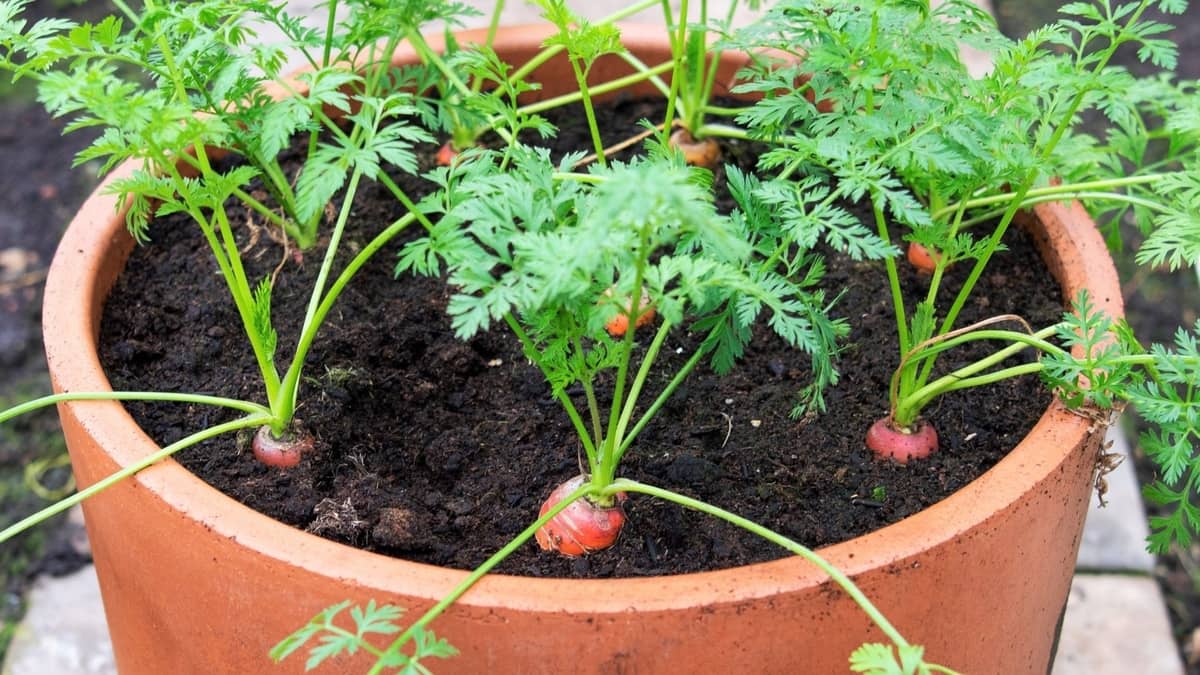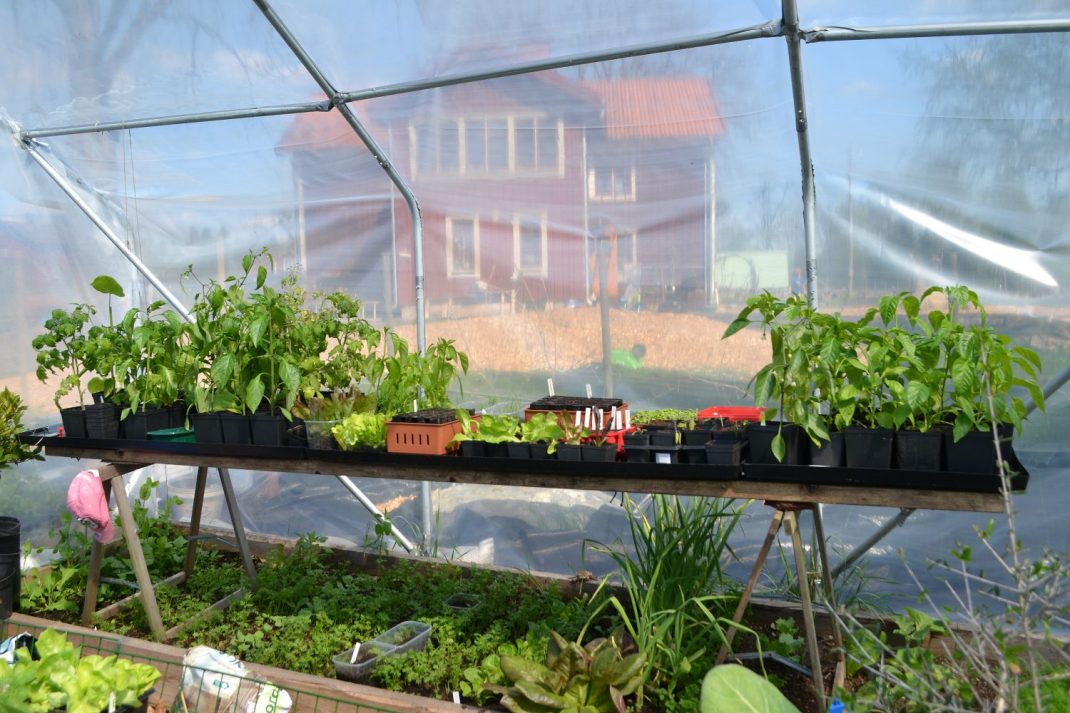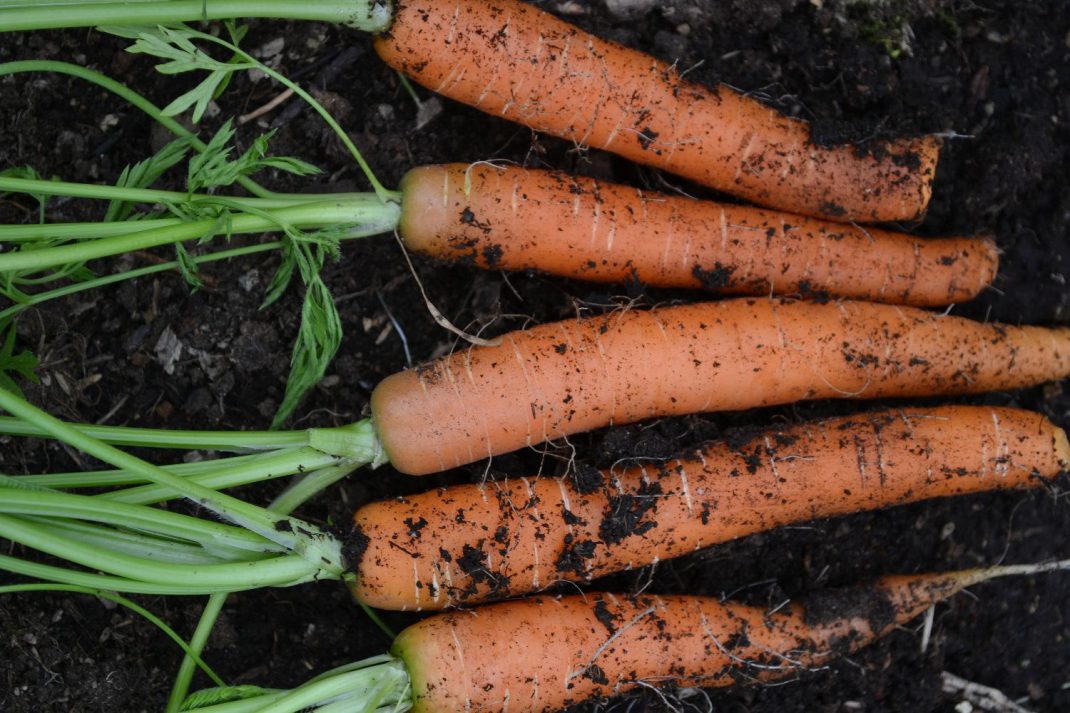It might not seem like a good time to grow vegetables in the winter, but hardy plants like carrots can do very well if they are planted at the right time. With the right care and protection, you can eat sweet, tender carrots straight from the garden even in the winter.
Why Grow Carrots in Winter?
Fresh winter carrots offer some great benefits:
-
Enhanced sweetness The cold causes carrots to convert their starches into sugars, resulting in super sweet roots Winter carrots are noticeably sweeter than their warmer weather counterparts.
-
Fewer pests: Carrot pests like carrot rust flies are largely inactive when temperatures drop. You’ll deal with less bug damage.
-
No bolting: Carrots go to seed rapidly in summer heat. Growing them in winter avoids this issue.
-
Unique seasonal crop: Homegrown carrots in winter make an unusual edible gift or conversation piece at holiday meals.
Choosing the Right Carrot Varieties
You’ll need to select cold-hardy carrot cultivars that can mature before your winter hard freeze date. Good options include:
-
‘Danvers 126’ – Heirloom variety that matures in around 70 days. Long tapered roots with bright orange color.
-
‘Scarlet Nantes’ – Sweet variety ready in 68 days. Bright red-orange roots.
-
‘Napoli’ – Buttery yellow carrots that mature quickly in just 58 days.
-
‘Yaya’ – Round carrots that grow well in clay soil. Matures in 60 days.
Make sure you plant the right amount of seeds for the number of days it takes for the variety you choose to grow.
When to Plant Winter Carrots
Take your average first hard frost date and count backwards from there based on the days to maturity for the variety you want to plant. This will give you the date you should plant your winter carrots.
For example, if your first frost date is October 15th, and you’re growing ‘Danvers 126’ carrots that take 70 days to mature, you would plant them around August 5th so they reach full size before the cold hits.
Ideally plant winter carrots 4-6 weeks before your first expected frost. This gives them time to establish before growth slows.
Preparing the Soil
Carrots need loose, crumbly, and rock-free soil to develop properly shaped roots. Work 2-3 inches of compost into your planting beds to create ideal conditions.
Raised beds are great for winter carrots, as they warm up faster in spring and drain well. You can insulate them further for winter by banking bales of straw around the sides.
Watering and Protecting Winter Carrots
Consistent moisture is key, especially right after planting. Use a light mulch to retain soil moisture. It’s better to water plants from above than with drip irrigation, which can cause uneven growth.
Once cool weather arrives, cover crops with row cover or low tunnels to protect them from hard freezes. Ventilate on sunny days. Further insulate with straw or blankets as needed during sub-freezing periods.
When and How to Harvest
Begin harvesting carrots once they’ve sized up, usually after light frosts sweeten the roots. Flavor continues improving the longer you leave them in the ground.
Use a digging fork to loosen soil and lift carrots gently by the shoulders. Store any extras you can’t use right away in damp sand in a root cellar or cool basement.
Time your final winter harvest so that all carrots are pulled by early spring before new growth occurs. With proper care you can enjoy fresh carrots from the garden up to 4-5 months after planting!
Troubleshooting Common Winter Carrot Problems
Cracking roots – This happens when carrots experience temperature swings from very cold nights to warmer days. To prevent it, maintain consistent insulation over the crop.
Pale roots – Lack of sunlight causes reduced color. Next year plant in a sunnier spot.
Woody taste – This occurs if you harvest too late in spring after warmth initiates new growth. Pull them earlier.
Rodent damage – Use hardware cloth when building raised beds to prevent tunneling pests.
Enjoying the Rewards of Winter Carrots
With proper timing, soil prep, and protection, you can overcome cold weather challenges to grow some of the sweetest, crispiest carrots you’ve ever tasted. The extra effort required pays off in full when you get to taste their garden-fresh flavor at times when produce straight from the soil is rare.

Why sow summer and winter varieties?
I enjoy growing several different types of carrots. Even though I like getting carrots of different colors, it’s also important to have different kinds for what they’re used for.
Summer carrots (also called early carrots) grow quickly and are ready to harvest after only three months (if sown in spring. ) They might go bad if you leave them in the ground for too long, and its difficult to store them for long periods of time. You can read more about when its time to harvest your carrots here.
Winter carrots take a long time to grow, but they can stay outside longer, and you can store them all winter if you want to.
Sowing both kinds means that I get plenty of carrots at different times. That makes it much easier for me to reach my goal of growing carrots all year long! I grow the soft, quickly growing summer carrots to eat right from the garden. We usually store the winter carrots and eat them when we dont have any summer carrots left. You can see the two types next to each other in the top picture. The small, tender summer carrots were harvested in late fall.


When to Plant Carrots for Great Fall or Winter Harvests
FAQ
Can carrots grow in the winter?
Choosing the Right Carrot Varieties They’re ideal for winter growing due to their adaptability and flavor. Chantenay: Known for their short, stubby shape, Chantenay carrots perform well in heavy or clay-like soils. They have a distinct, sweet taste and stay tender, even as they mature.
Will carrots still grow after a frost?
Carrots can remain in the garden after a frost and still be removed in good condition.Sep 20, 2016
What is the coldest temperature to grow carrots?
It is now too late to plant carrots, even in a pot, unless you can move the pot into a heated garage when it gets below 32 degrees (Oct. 29, 2017).
